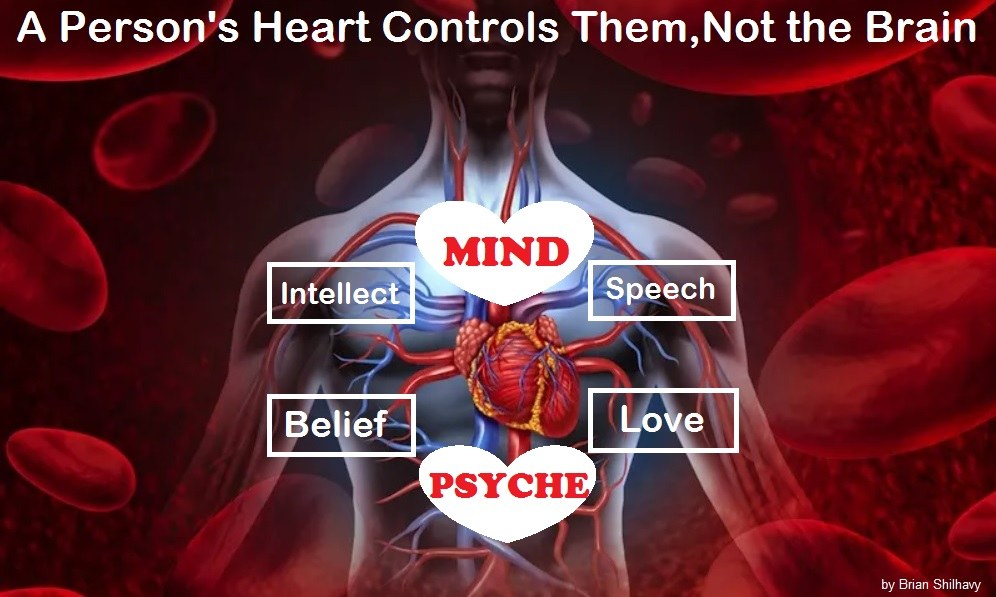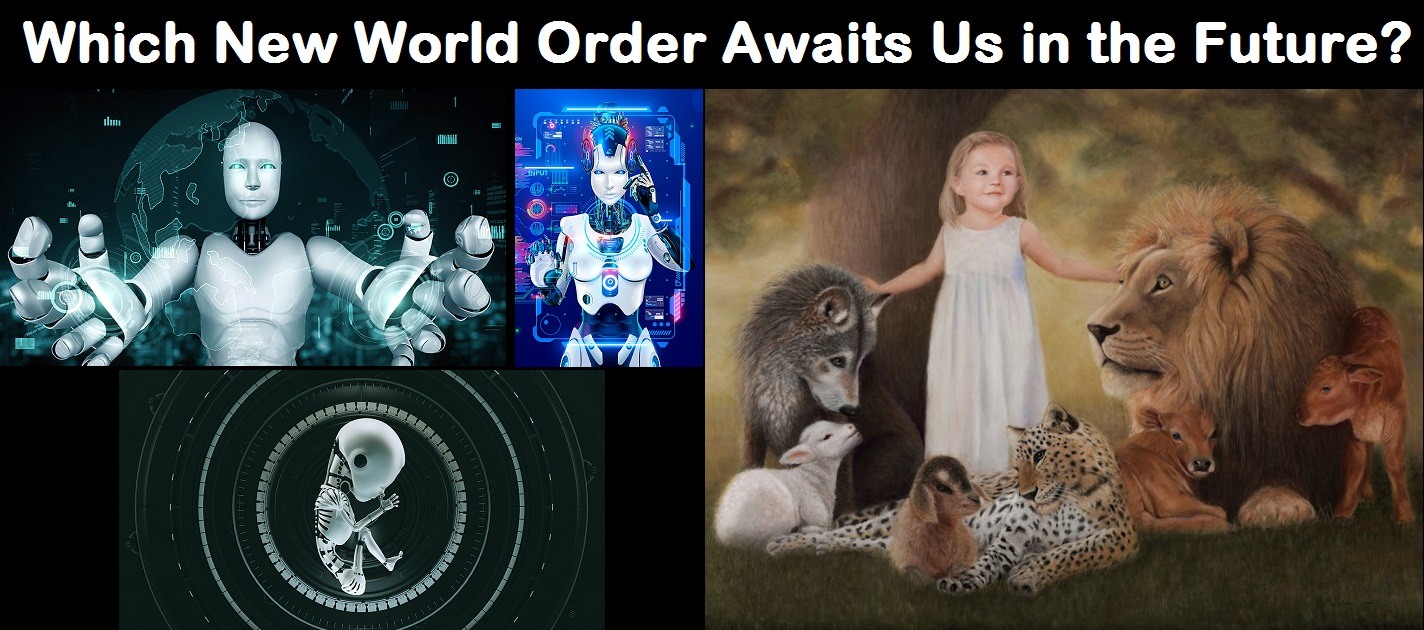for Brian Shilhavy
Editor, Health Impact News
Researchers at the University of California, Davis, have just published a study examining the environmental impacts of lab-grown meat and have determined that, based on current production methods, the global warming potential (GWP) of lab-grown beef would be approximately 25% larger than conventional farm-raised beef cows.
The study also concluded that “depletion of fossil fuels” of laboratory-grown beef is “approximately 3 to 17 times more” than produce boneless beef.
This contradicts the reasoning of those rushing to bring a lab-grown meat product to market, who claim that mass production of lab-grown meat would have a more positive impact on the environment than raising beef cattle.
There are currently no lab-grown meats on the market, because production costs are still too expensive to scale for public consumption, and this appears to be the first study to look at the environmental impacts of mass-produced red meat in a laboratory
One of the main problems so far with growing meat in a lab is that the growth media used to grow the meat produces endotoxins, which means that pharmaceuticals are needed to reduce these endotoxins and purify the lab-grown meat.
This has led one of the UC Davis researchers to ask what exactly is produced in the lab with these “cultured meats”:
Is it a pharmaceutical product or a food product?
From the study:
One aspect of this refinement is the reduction/elimination of endotoxins for each component of the growth medium.
Endotoxins, also known as lipopolysaccharides (LPS) are a critical component of the outer membrane of Gram-negative bacteria. Endotoxins contain a hydrophilic polysaccharide moiety, which is covalently attached to a hydrophobic lipid known as lipid A (Magalhães et al., 2007).
Gram-negative bacteria are ubiquitous in the environment and commonly found in tap water (Vaz-Moreira et al., 2017).
In cell culture the presence of endotoxin can have a wide variety of effects.
For example, at an endotoxin concentration as low as 1 ng/ml reduced pregnancy success rates by 3 to 4 times during in vitro fertilization of human IVF embryos (Dawson, 1998; Fishel et al., 1988; Snyman and van der Merwe, 1986).
Gram-negative bacteria shed small amounts of endotoxin into the environment when they proliferate and leave large amounts when they are inactivated (Corning, 2020).
The current media used to grow meat in the lab also use blood serum from fetal calves, which would mean that these lab-grown meats could not be certified “kosher” or “halal” for Jews and Muslims, who they require all of the animal’s blood to be drained at the time of slaughter.
Historically, animal cell growth media have used fetal bovine serum (FBS) containing a variety of hormones and growth factors (Jochems et al., 2002).
Serum is blood with the cells, platelets and clotting factors removed. Processing FBS to be used for animal cell culture is an 18-step process that is resource intensive due to the level of refinement required for animal cell culture. (Full study.)
We hope and pray that these lab-grown meats never make it to market due to cost issues preventing them from ramping up production for the mass market.
Because if they start mass producing this, you can be sure the Government will subsidize it and start putting it in institutional food in publicly funded facilities like schools, hospitals, prisons, FEMA camps, etc.
We already know that the corrupt FDA is an arm of the pharmaceutical industry, and they have no problem authorizing or approving dangerous products that maim and kill people by reducing the population.
We also know that beef production does not have to be harmful to the environment if it is raised on pasture rather than in confined feedlots for mass production. Grass-fed beef farms are actually positive for the environment. I will see:
Real Food Truths: Grass-fed beef is carbon positive and healthy for the environment

For over two decades I have been working with small-scale farmers, mostly family farmers, providing the public with REAL food from grass-fed animals.
If the public changed their food values and habits to support local producers like this, it would transform the food industry and create many jobs.
But Americans spend the least amount of their income on food than any other nation in the world and prefer cheap, contaminated, government-subsidized staple foods to locally produced, ethical foods that require more labor and also they cost more because it is not subsidized by the Government.
Related:
Is eating lab-grown chicken the equivalent of eating cancer tumors?
The Digitization of Agriculture: Big Tech’s Plan to Take Over the Food Supply

See also:
Understand the times we are currently living in
Who are the children of Abraham?

The Brain Myth: Your intellect and thoughts originate in your heart, not your brain

God will not be fooled: a person reaps what he sows

An invitation to technologists to join the winning side

“Dataism” Is the New Religion of AI and Transhumanism: Those Who Own and Control Data Control Life

The God of All Comfort

Fact Check: “Christianity” and the Christian religion are NOT found in the Bible – the person Jesus Christ is

How to determine if you are a disciple of Jesus Christ or not

Synagogue of Satan: Why It’s Time to Leave the Corporate Christian Church

What happens when a holy and just God gets angry? Lessons from history and the prophet Jeremiah

Insider exposes Freemasonry as the world’s oldest secret religion and Luciferian plans for the new world order

Posted on June 6, 2023

